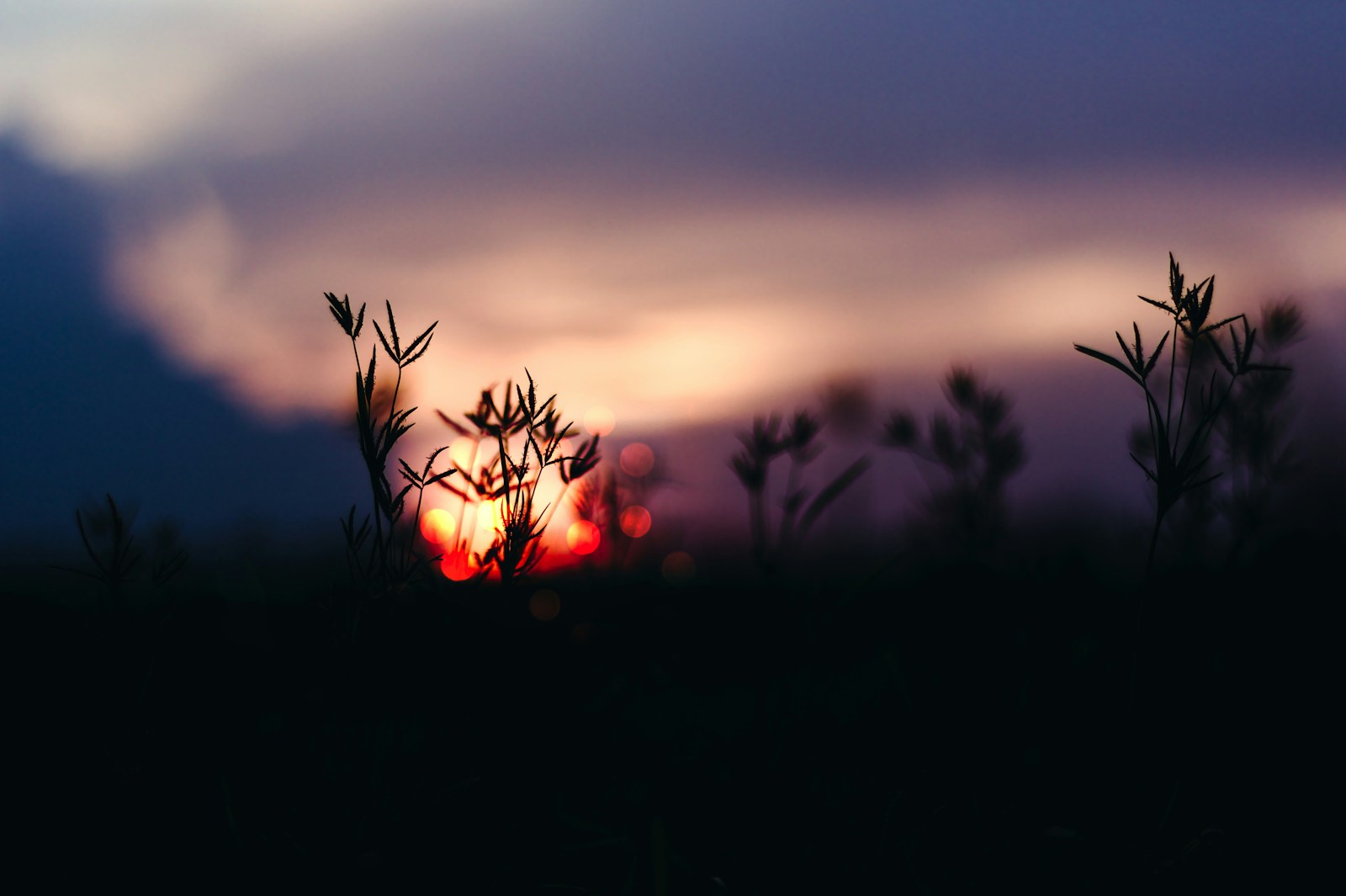Get ready for a celestial spectacle! June’s full moon, popularly known as the Strawberry Moon, is about to grace the night sky. This year, it arrives just a day after the summer solstice, making it a unique astronomical event. Mark your calendars for June 21st, and prepare to be dazzled by this low-hanging, vibrant orb.
Table of Contents
ToggleDouble the Shine: A Full Moon Weekend
The good news doesn’t stop there! While the Strawberry Moon peaks on Friday, June 21st, the moon will appear full and bright for skywatchers on both Thursday (June 20th) and Saturday (June 22nd). So, if cloudy skies threaten your viewing on the peak night, fret not – you’ll have another chance to catch this celestial beauty.
The Science Behind the Spectacular: Why This Moon is So Low
The Strawberry Moon’s timing, nestled right after the summer solstice, creates a fascinating visual effect. Remember, a full moon sits opposite the sun in the sky. Since the summer solstice marks the sun’s highest point in the Northern Hemisphere for the year, the full moon following it will appear lower in the sky than any other full moon.
Here’s another interesting tidbit: the Strawberry Moon is also the farthest full moon from the sun all year! This happens because Earth’s orbit around the sun isn’t perfectly circular. In early July, Earth reaches its farthest point from the sun, and the Strawberry Moon, being the closest full moon to that date, reflects this distance.
A Moon Steeped in History: Unveiling its Many Names
The Strawberry Moon doesn’t just boast a beautiful name; it carries a rich history. Native American tribes named this full moon after the wild strawberries that ripen around this time. They also called it the Berries Ripen Moon, Green Corn Moon, and Hot Moon, reflecting the seasonal changes.
The Ojibwe people of the Great Lakes region have their own name for the June full moon – the Waabigonii Giizis, or Blooming Moon. Across the Atlantic, Celtic cultures referred to it as the Horse Moon, Dyan Moon, or Rose Moon. English folklore dubbed it the Flower Moon, Planting Moon, and Mead Moon, all reflecting its connection to summer’s vibrancy.
Catching the Strawberry Moon: A Guide for Stargazers
For North American skywatchers, catching the Strawberry Moon is a treat. The best viewing will be on Friday, June 21st, as the moon rises low in the east shortly after sunset. To ensure a clear view, find an open area with a low eastern horizon and use a skywatching app or website to check the exact moonrise time for your location.
Looking Beyond the Strawberry Moon: Upcoming Celestial Events
The celestial journey doesn’t end with the Strawberry Moon. Mark your calendars for July 21st, when the “Buck Moon” takes center stage.
So, grab a blanket, find a comfortable spot, and prepare to be enchanted by the mesmerizing glow of the Strawberry Moon. This celestial spectacle is a reminder of the beauty and wonder that surrounds us, connecting us to generations past and the vastness of the universe.
FAQs: Strawberry Moon 2024 and Beyond
1. What’s the best time to see the Strawberry Moon in North America?
The best viewing for the Strawberry Moon in North America will be on Friday, June 21st, shortly after sunset when the moon rises low in the east.
2. Why is the Strawberry Moon so low in the sky?
The Strawberry Moon’s position coincides with the summer solstice, placing the sun at its highest point for the year in the Northern Hemisphere. Therefore, the full moon appears lower in the sky compared to other full moons.
3. What are some other names for the June full moon?
The June full moon has many names across cultures. Native American tribes called it the Berries Ripen Moon, Green Corn Moon, and Hot Moon. Celtic cultures referred to it as the Horse Moon, Dyan Moon, or Rose Moon, while English folklore dubbed it the Flower Moon, Planting Moon, and Mead Moon.
4. What’s the next full moon after the Strawberry Moon?
The full moon following the Strawberry Moon is called the “Buck Moon” and will occur on Sunday, July 21st, 2024.
5. How can I find out the exact moonrise time for my location?
There are many skywatching apps and websites available that allow you to search for moonrise and moonset times based on your location.







